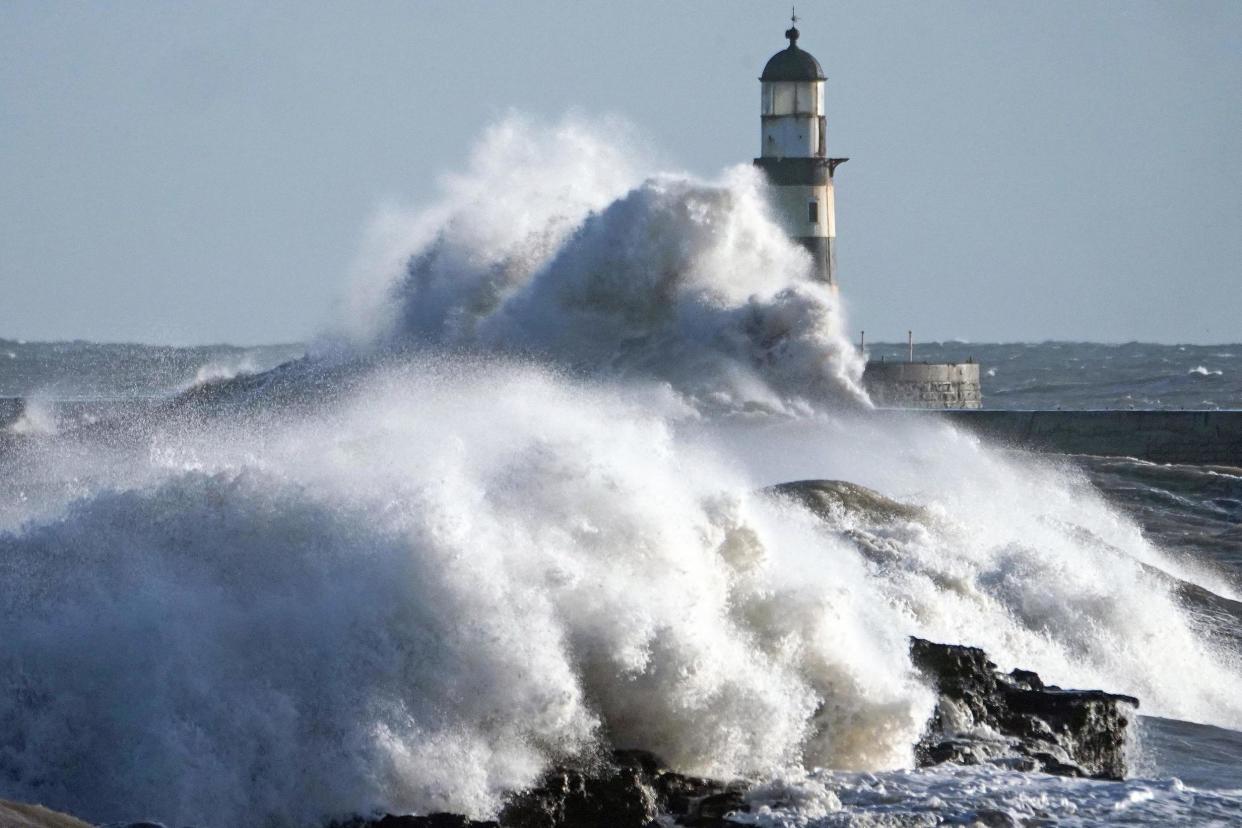UK weather: Winds of up to 100mph expected to hit with yellow warnings in place

Britain is set to experience winds of up to 100mph as the nation braces for more stormy weather.
The Met Office has put yellow weather warnings in place for most of Scotland and the north of England and Wales on Tuesday.
From road to rail to air, travel delays in the worst affected areas can be expected, with the possibility of power outages if winds reach these high speeds.
The second barrage of bad weather - being unofficially called Storm Brendan - is set to hit after Storm Atiyah struck Britain.
“The strong winds are pretty widespread,” said Met Office meteorologist Alex Burkill. “It’s very windy in the west and southwest so that’s where we’re going to see the greatest impact unfortunately.”
These areas can expect a rainy, windy Tuesday morning, with the southeast largely experiencing dry, cold weather, according to The Met Office.
It’s likely to be a wet day in northwestern areas in particular, with rains moving steadily eastwards throughout the day to impact most of the UK.
Storm Atiyah disrupted power networks and transport in Ireland, before hitting the southwest of England and Wales with 70mph gales. More than a dozen flights at Cork Airport were either cancelled or diverted.
Tuesday morning’s commute looks like this...
⚠️ 🌧️ 🌬️ Wet and windy in the north and west with warnings in force
🌥️ 🥶 Dry and cold in the south and east with a touch of frost in the far east pic.twitter.com/zYZgi34w0L— Met Office (@metoffice)
Despite the disruptions to travel, Storm Atiyah did bring some good news to the UK. A new renewable record was hit, according to the National Grid, with the strong winds supplying nearly half of Britain’s power. Wind farms generated more than 16 gigawatts of power for the first time on Sunday, which is five times the output expected from the Hinkley Point C nuclear power plant.
Over the day as a whole, wind supplied 43.7 per cent of British electricity as Storm Atiyah blew in with strong gusts, while nuclear generated 20.5 per cent, gas supplied 12.8 per cent and biomass 7.9 per cent.
Extra power on the network on Sunday meant National Grid paid some households to use electricity, as it was cheaper than paying the operators of wind turbines to stop them generating.
At one point on Sunday night, customers on Octopus Energy’s agile pricing tariff got as much as 5p per unit of power.
A National Grid ESO spokesperson said: “The mix of electricity in Great Britain is changing with renewable sources of power such as wind and solar playing a greater role.
“By 2025 our ambition is to be able to operate the electricity system carbon-free, so we expect more renewable generation milestones in the years to come.”
The rest of the week should see some sunny spells in England and Scotland, but rain is expected to return – particularly in the west. There are currently no Met Office weather warnings in place for the rest of the week.
Additional reporting by the Press Association
Read more
Trump to pay £225,000 to Scotland after losing wind farm fight

 Yahoo News
Yahoo News 
